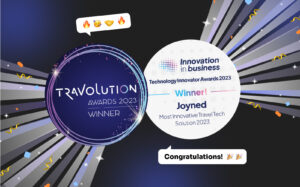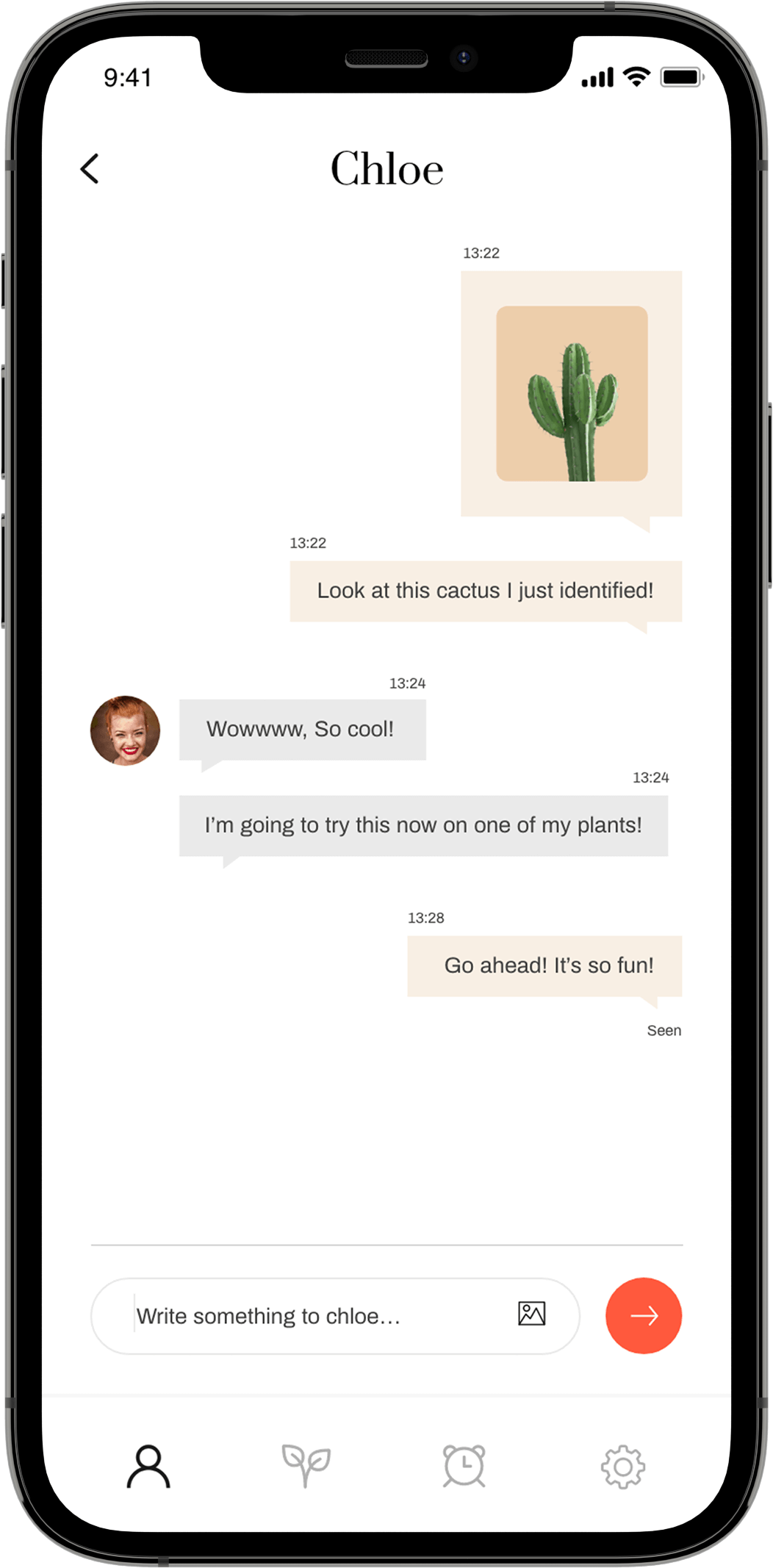Recap: in our last post talked about how the internet can be more than it is, and that a great opportunity might be found in shifting online experiences towards the collaborative. We also stated the realization that for this to succeed we need to benefit both websites and users, all the relevant stakeholders. Now we will explore how we came to find our company’s calling and define our vision for the coming years.
If you build it – they will come?
Are you familiar with the feeling you get right after you’ve come up with a new idea or a great realization, that kind of giddy urgency of obviousness in which you’re sure that you hold in your mind the ultimate form of a solution and all that needs to happen right now is for you to just quickly download your thoughts unto something, connect it to something else, slap some duct tape on it and – “Viola!” – you’ve changed the world? Well, our team’s form of that experience was thinking that if we’d just build a chrome browser extension everyone would just start browsing the internet together. Yeah. I know.
What to build?
Rule number #1 of the lean-start-up is to make sure that people will actually want what you’re about to build, and do that before you even start. This rule is more profound when you understand that it stems from the understanding of what is necessary to affect change of any kind – you always have to start your journey from where people are actually at right now. This is way trickier than you think, mostly because we are usually so amazingly unaware of how different from us people can really be.
So we took a further step back from the lean-start-up question and wanted to find out what do people currently want with their browsing and what part of it is relevant for collaboration, and on the basis of that decide beforehand what it is that we were going to build for them. So let’s do a survey, we thought, a really big one! Not so fast.
How to ask
The problem with just asking people what they think is that they are all lying, misleading and omitting agents of misinformation. All of them, always. For instance, at the Google Campus one of the mentors asked our CEO, Jonathan, a simple question:
“Do you drink coffee every morning?” to which he replied with a quick and obvious “Yes”.
“Did you drink coffee this morning?”
Silence.
“Ahh, no.”
Caught red-handed! Oh no. What happened?
Very little malice is involved. In fact, it’s quite the opposite. People are actually so kind and eager to help that they subtly and subconsciously idealize and simplify things for those who ask and they direct their answers to what they think the other side wants to hear. And this is on top of all the cognitive biases we can’t help but having, namely Availability bias, Simulation heuristic and Status quo bias to state a few.
So how would you get about asking people what they want or need when browsing?
You obviously can’t ask them what they want, not to mention asking what they think others might want. Here are some of the rules we learned for getting usable information from people:
- Don’t ask them to generalize their past.
- Don’t ask them to describe their overall behavior or preferences.
- Don’t try to elicit any hypotheticals – “would you”\”could you” etc.
Bottom line is – just don’t ask people what they think. The best practice is not to ask anyone anything at all but rather observe them yourself and note what they actually do. And if you’re conducting a survey this means asking only for testimonials on instances of past behavior.
So, what did we ask?
But how would you frame a hypothetical product value in terms of a past instance of behavior? That is tricky… After consulting with some survey experts (thanks mom!), what we eventually came up with was to ask for testimonials of past instances in which we thought that the value we propose would have a positive impact.
After some deliberation and thought we came up with the following two questions. We did many more things in that first survey, like collect demographics and so on, but this questioning concept was at the core of the survey:
- Have you ever talked with someone on the phone while browsing the internet together?
- If yes, in what situation?
And we set the survey loose on social media.
Just a couple of days later and results were already producing the insights we’d hoped for – not the “got it” type but rather the “ok… that’s interesting…” type of results.
Online purchase decisions are a big deal
Of the people surveyed, 59% (!!) replied “yes” to the first question. That was a very clear signal that communication over web browsing was a very real thing indeed. And 70% of those gave us details of the situations they were recalling, many giving multiple instances. Answers were extremely varied – from “helping with homework” and “checking for public transportation somewhere” to “planning an event” and “work conference call”. When breaking the answers down to categories (some answers had to be counted in several categories), five major categories emerged:
- Work – 38% of respondents
- Trip planning – 19% of respondents
- Shopping – 16.3% of respondents
- Reading\searching content – 14.3% of respondents
- Technical support – 13.6% of respondents
We were not surprised by the top-scoring instance. Of course, work-related browsing would require collaboration. What did surprise us though was the prevalence of the need to collaborate over trip planning and shopping decisions. Put together, they comprised over a third of the instances people recalled for needing a collaborative browsing tool!
While Looking for good opportunities to help users with these five use-cases we quickly realized that the work-related market for collaboration tools was crowded, mostly off the world-wide-web and more into specific tools, just like we mentioned in our previous post.
But when we looked at the generalized use-case of trip planning and shopping – “online purchase decisions” – we found a vast blue ocean with only a few small B2C start-ups in it or ghosts of failed ones still hovering around. Eureka!
Show me the money
From observing the struggling start-ups and ghosts laying around this domain we quickly realized that we will need to do something different to make this work. By that time, our disillusionment from just building a free chrome extension was fully matured and we knew that if we weren’t going to find a way to build a business-to-business (B2B) company in this domain, with income right off the bat, the chances of our success were going to be slim.
These two realizations combined with the understanding, phrased with such an after-the-fact obviousness in the previous post, but which was very difficult for us to embrace while we were looking to “change the internet” with our idea:
Change, any change, needs to rally all stake-holders and benefit them all at the same time. Users, publishers, merchants, developers and regulators all have to see the benefits. This means building a product that can help both people and websites at the same time and is simple and seamless to use.
That was probably what went wrong with previous attempts and what almost no one has done before, and that was how we were going to build our company.
To learn more, contact us or try a demo of Joyned today.





